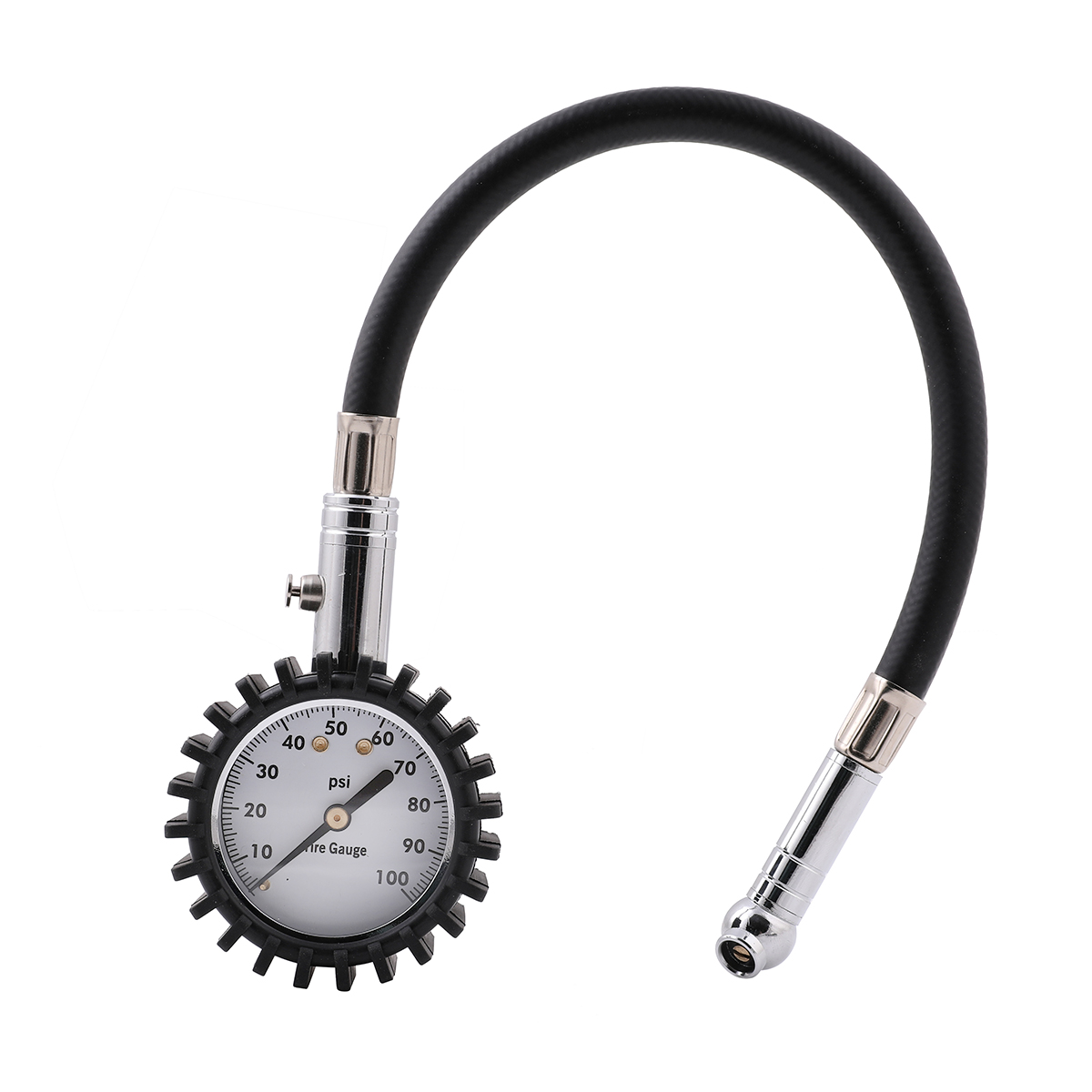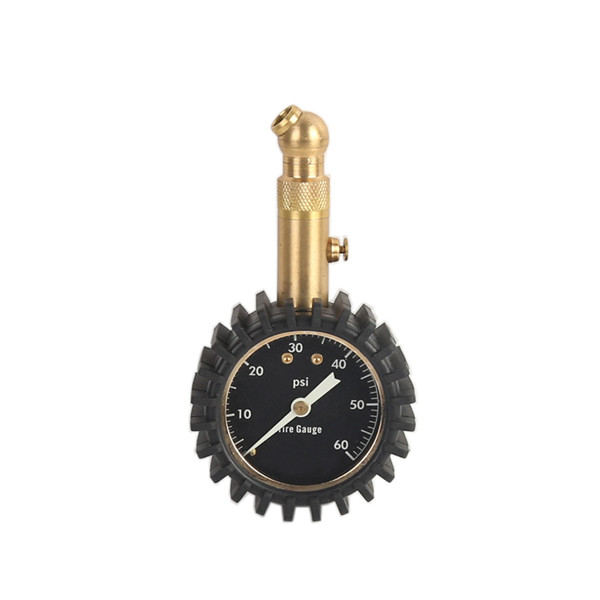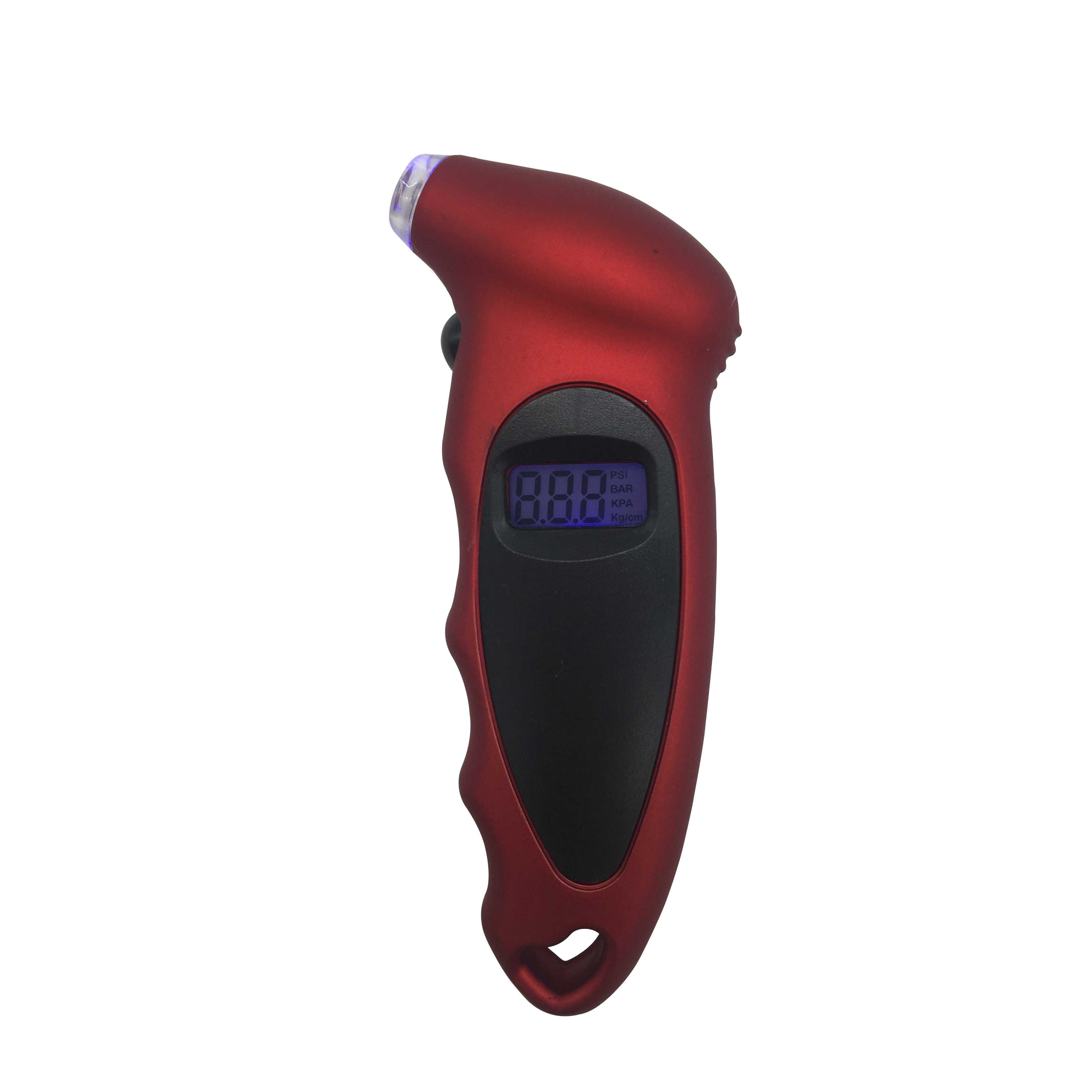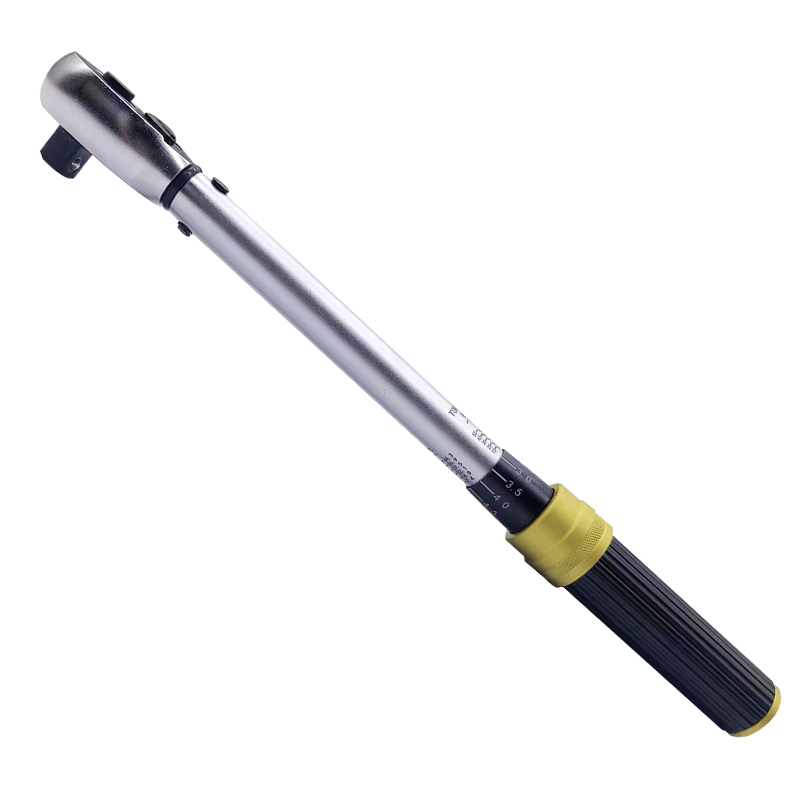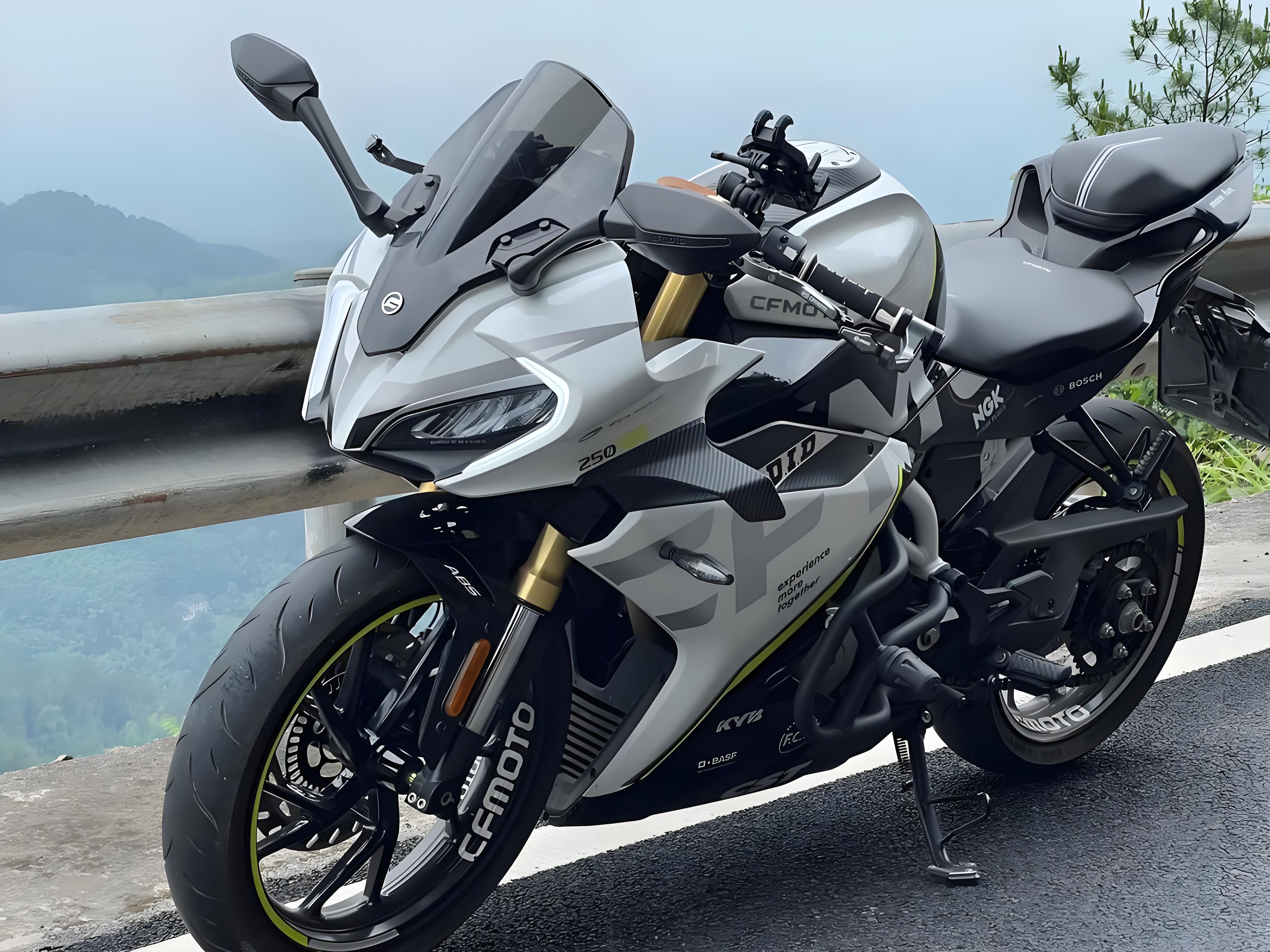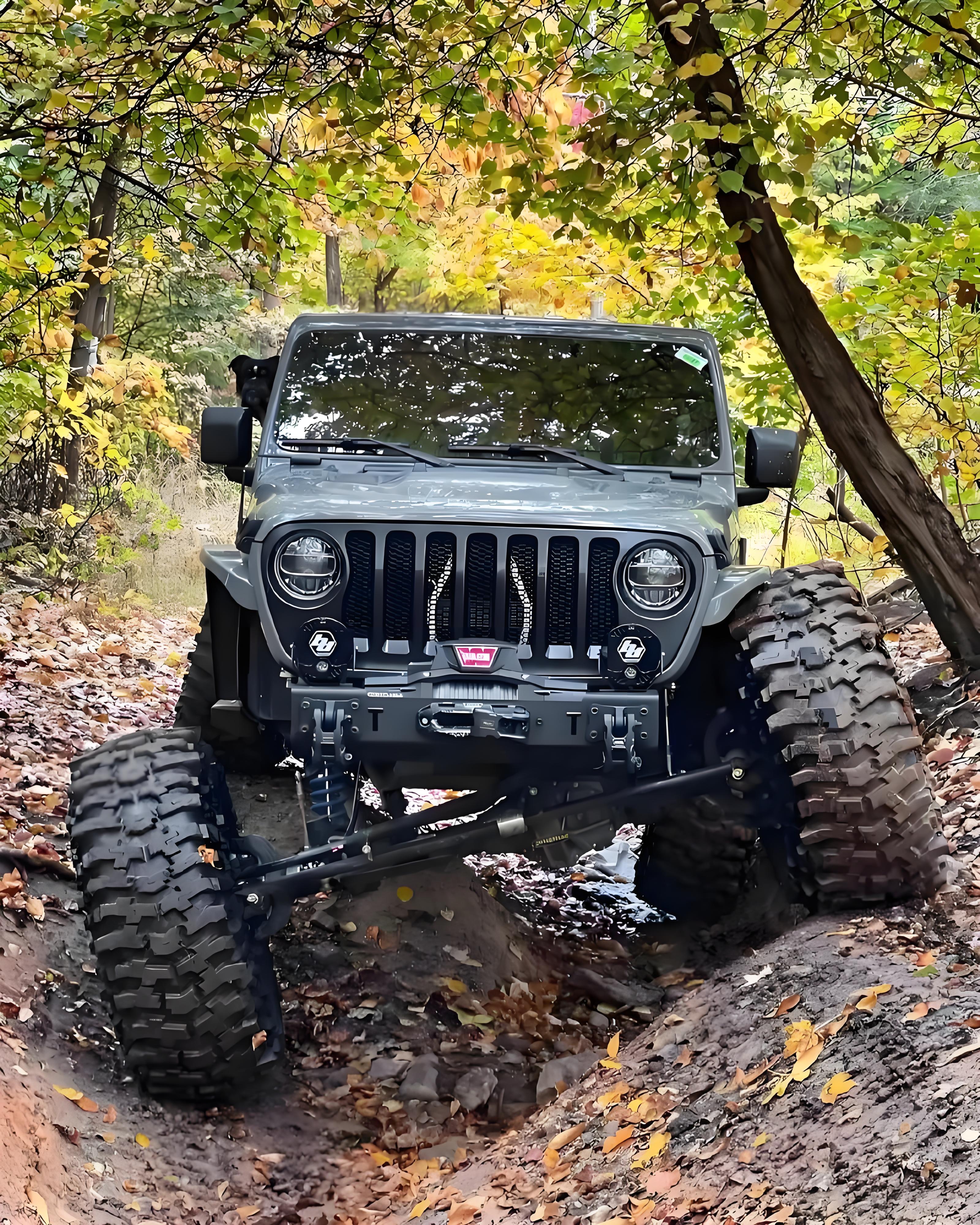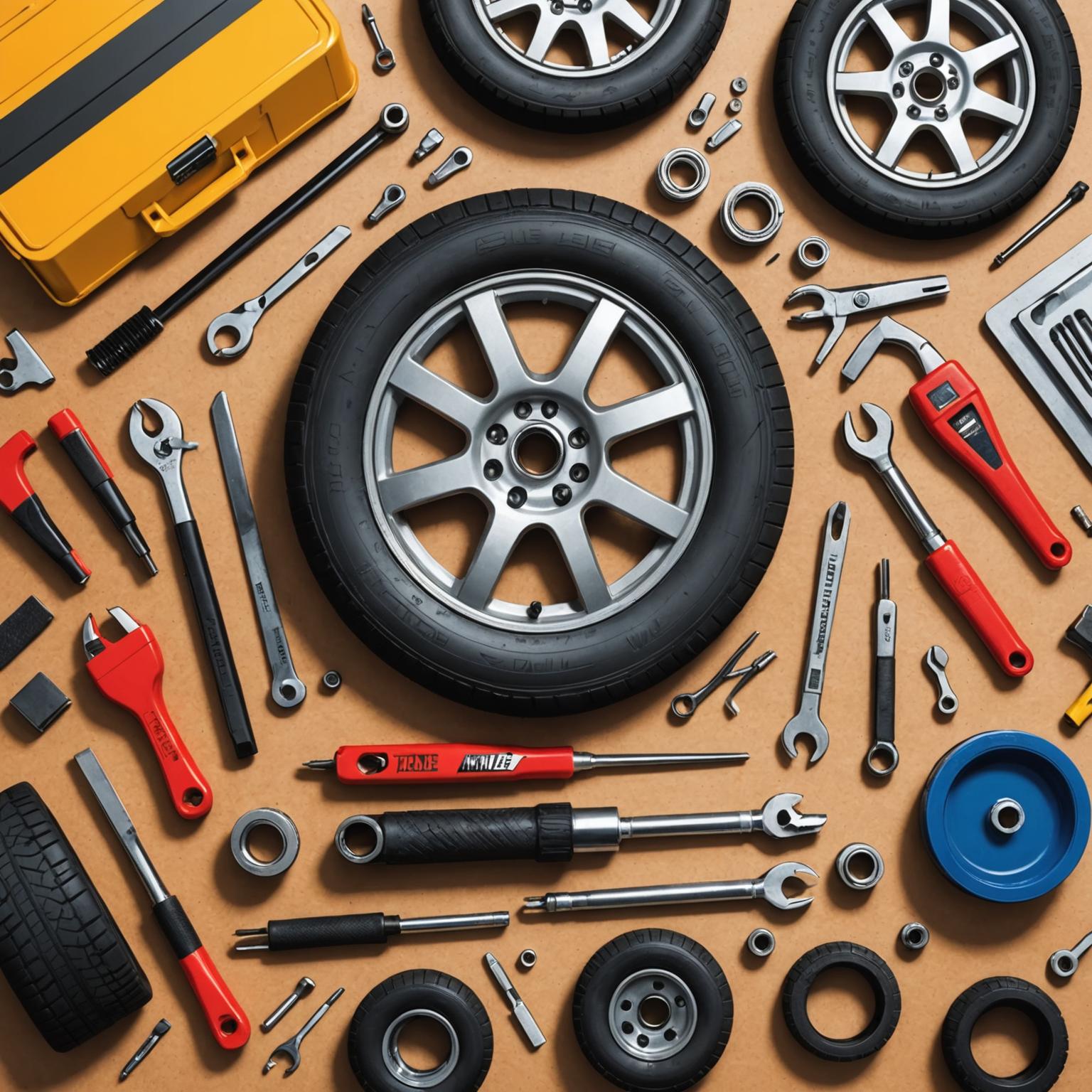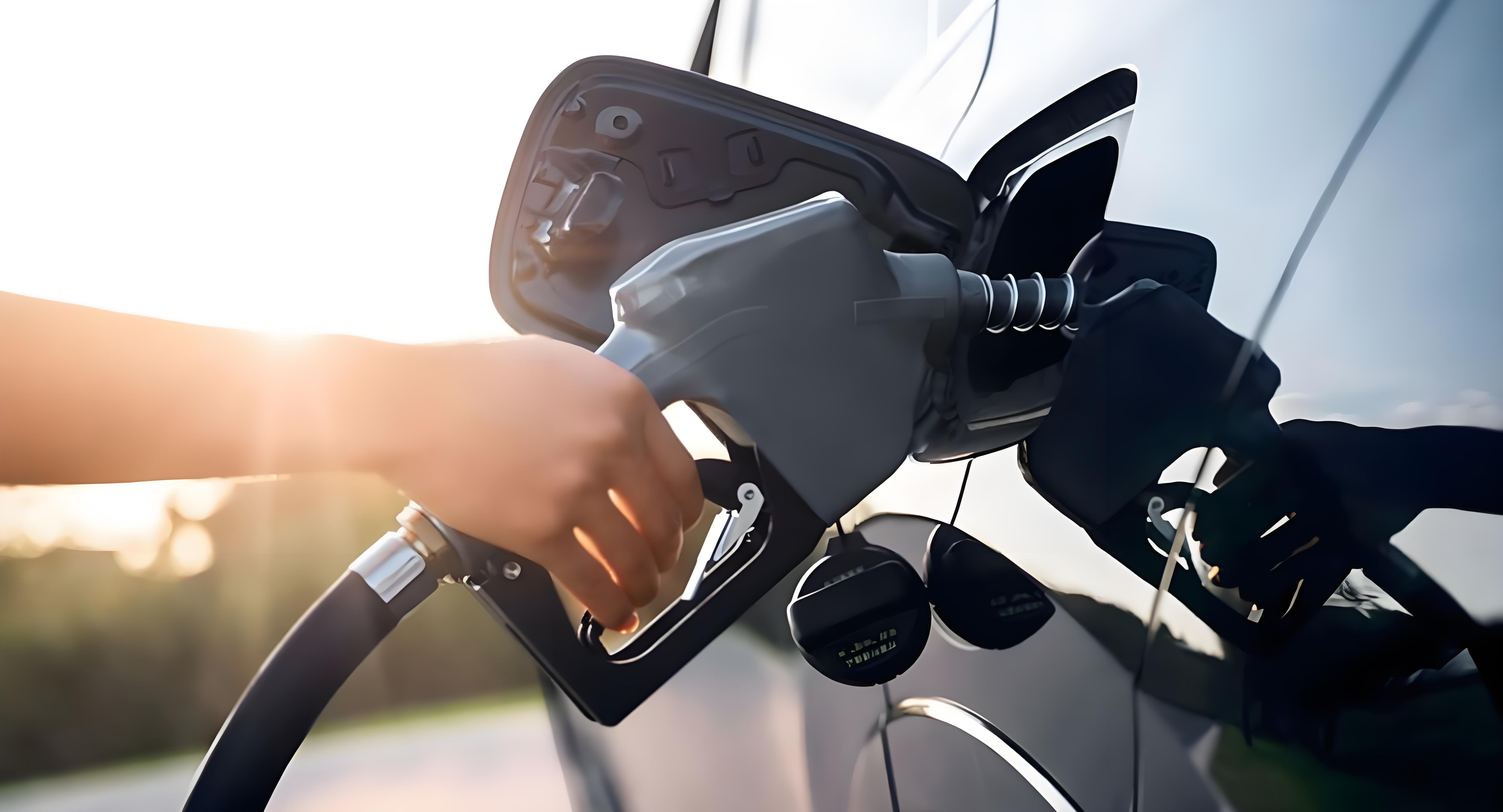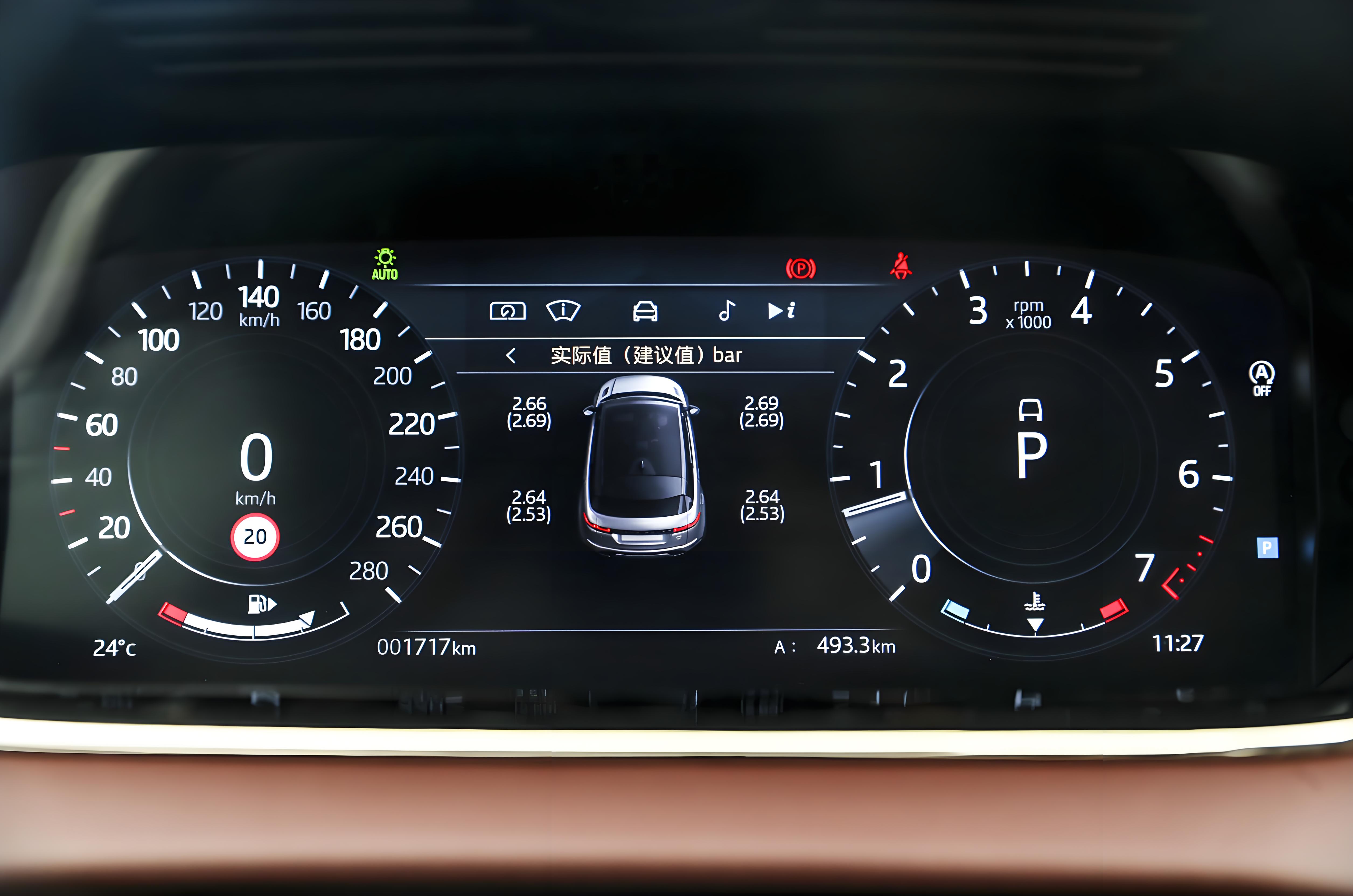How Often Should You Change Your Car’s Brake Fluid?
Brake fluid is the unsung hero of your car’s braking system. It transmits the force from your foot on the pedal to the brakes themselves, making it critical for safe stopping. But unlike oil or coolant, brake fluid is often overlooked during maintenance—until something goes wrong. So, how often does it need to be replaced? The answer depends on your car, driving habits, and environment, but ignoring it can put you at risk.
Why Brake Fluid Needs Regular Replacement
Brake fluid is a hydraulic fluid designed to withstand high temperatures, but it has a hidden weakness: it’s hygroscopic, meaning it absorbs moisture from the air over time. This moisture causes two major problems:
- Reduced boiling point: Dry brake fluid boils at around 500°F (260°C), but even 3% water content drops that to 356°F (180°C). During hard braking (e.g., downhill drives or sudden stops), friction generates extreme heat. If the fluid boils, it turns to vapor—which is compressible—creating a “spongy” brake pedal and reducing stopping power (a dangerous condition called “brake fade”).
- Corrosion: Moisture breaks down the fluid’s chemical composition, leading to rust in the master cylinder, calipers, and brake lines. Over time, this corrosion can cause leaks or blockages, failing the entire system.
In short, old brake fluid doesn’t just perform poorly—it can fail when you need it most.
General Replacement Intervals
Most car manufacturers recommend changing brake fluid every 2–3 years or 30,000–45,000 miles (48,000–72,000 km), but check your owner’s manual for specifics. Some brands (like BMW or Mercedes) lean toward 2 years, while others (e.g., Toyota) suggest 30,000 miles.
When to Replace It Sooner
Certain conditions speed up moisture absorption, requiring more frequent changes:
- Humid climates: Living near the coast or in rainy areas means more moisture in the air, so fluid degrades faster.
- Heavy use: If you drive in stop-and-go traffic, tow trailers, or frequently drive downhill, your brakes work harder, heating the fluid more and accelerating moisture absorption.
- Old cars: Older braking systems (pre-2000s) may have more porous lines, letting in moisture faster.
If you’re unsure, ask a mechanic to test the fluid’s water content with a special tool. Levels above 3% mean it’s time for a change.
What Happens If You Wait Too Long?
Delaying brake fluid replacement can lead to costly repairs and safety risks:
- Spongy pedal feel: Air or vapor in the lines makes the pedal soft, requiring more pressure to stop.
- Corroded components: Rust can damage calipers, master cylinders, or lines—repairs that cost \(300–\)1,000, far more than a \(100–\)200 fluid change.
- Complete brake failure: In extreme cases, moisture can freeze in cold weather or cause lines to burst, leaving you without brakes.
How Brake Fluid Replacement Works
A proper brake fluid change (often called a “flush”) isn’t just draining and refilling—it requires:
- Removing old fluid: Mechanics use a pump to flush out all old fluid from the master cylinder, lines, and calipers/wheel cylinders.
- Refilling with new fluid: They add fresh fluid (check your manual for the type—DOT 3, DOT 4, or DOT 5.1; never mix types) and bleed the lines to remove air bubbles.
- Testing: The system is pressurized to ensure no leaks and that the pedal feels firm.
Skipping the flush and just “topping off” leaves old, moist fluid in the lines, defeating the purpose.
Signs Your Brake Fluid Needs Changing
- A soft or spongy brake pedal.
- Discoloration: Fresh brake fluid is clear or amber; old fluid turns dark brown or black.
- Warning lights: Some modern cars have a brake fluid warning light (often paired with the ABS light) that triggers when moisture levels are high.
The Bottom Line
Brake fluid is cheap to replace, but the consequences of neglecting it are steep. Follow your manufacturer’s schedule, and err on the side of caution if you drive in harsh conditions. A 30-minute service could save you from a dangerous situation—or a expensive repair bill.
Your brakes are only as good as the fluid that powers them. Don’t take chances.

